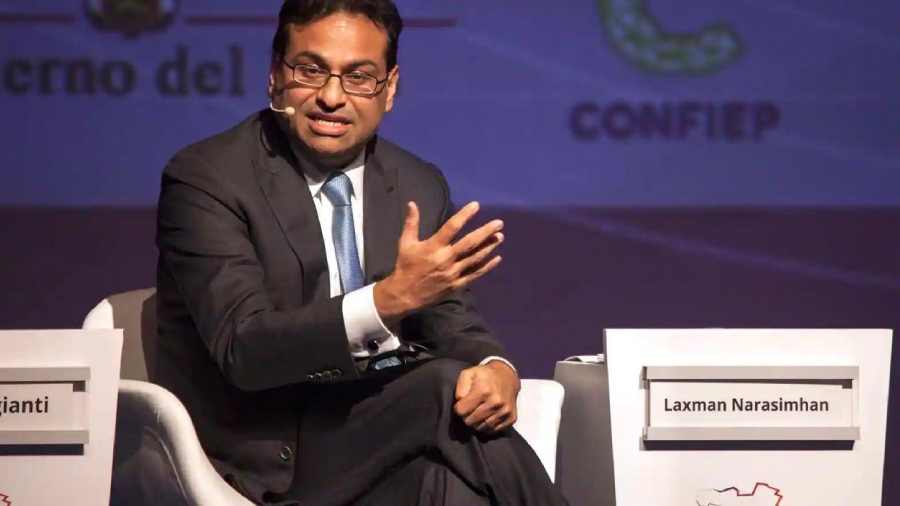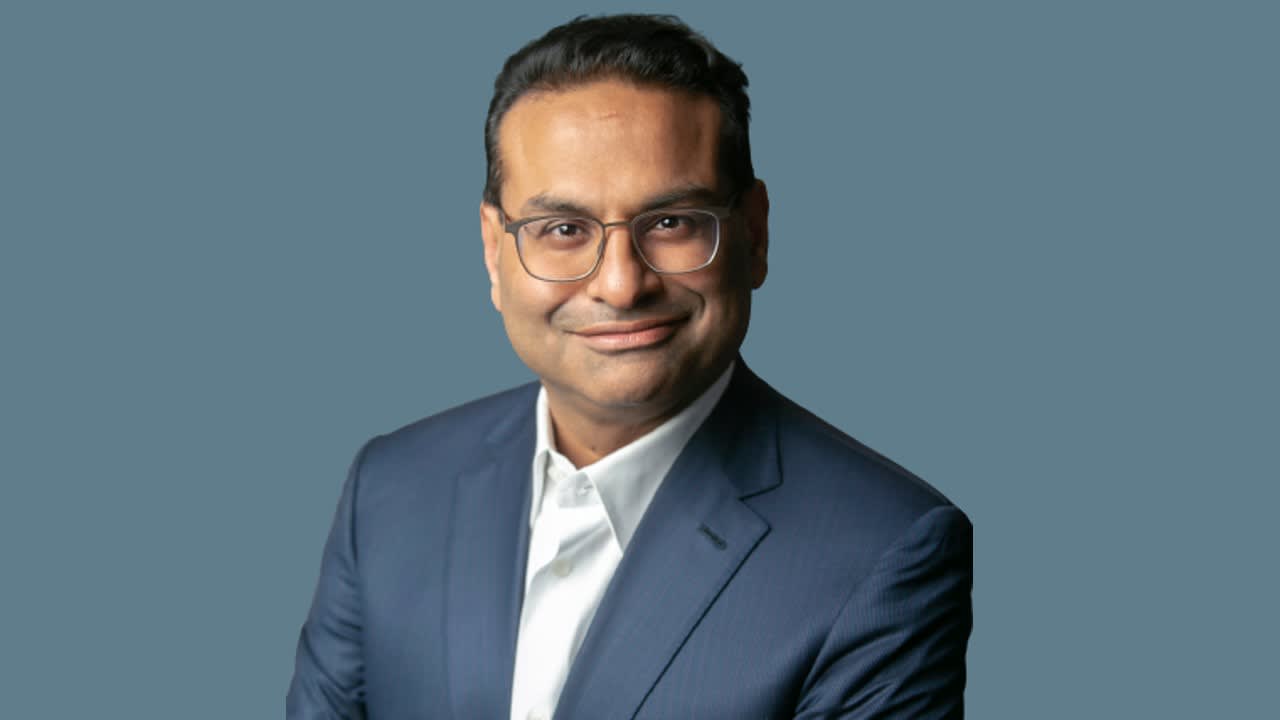Laxman Narasimhan’s Career Trajectory

Laxman Narasimhan’s career trajectory is marked by a consistent climb through leadership positions at prominent multinational corporations, showcasing his strategic acumen and adaptability across diverse industries. His journey, characterized by a focus on innovation, customer-centricity, and operational efficiency, has shaped his leadership style and decision-making process.
Narasimhan’s Career Path
Narasimhan’s career began at PepsiCo, where he held various positions over a 12-year period. His tenure at PepsiCo demonstrated his ability to navigate complex business challenges and drive growth in different regions.
- Narasimhan started as a management consultant at PepsiCo, providing strategic guidance to the company’s operations.
- He subsequently rose through the ranks, taking on roles of increasing responsibility, including leading the development of new product categories and overseeing the expansion of PepsiCo’s presence in emerging markets.
- His leadership at PepsiCo culminated in his appointment as CEO of PepsiCo’s global beverage business, where he was responsible for driving growth and innovation across a diverse portfolio of brands.
In 2012, Narasimhan joined Reckitt Benckiser, a global consumer goods company, as CEO of its global health division. This move allowed him to expand his experience beyond the beverage industry and delve into the world of pharmaceuticals and over-the-counter products.
- During his tenure at Reckitt Benckiser, Narasimhan spearheaded the company’s efforts to grow its health division, introducing new products and expanding its reach into new markets.
- He played a crucial role in transforming the company’s product portfolio, focusing on innovation and customer-centricity.
- His leadership at Reckitt Benckiser was marked by a commitment to driving sustainable growth and building a strong corporate culture.
In 2019, Narasimhan joined Starbucks as Chief Operating Officer, bringing his extensive experience in global business operations and consumer goods to the coffee giant. He quickly ascended to the role of CEO in 2021, taking over the reins of the company during a period of significant transformation and growth.
- As CEO of Starbucks, Narasimhan has focused on enhancing the customer experience, expanding the company’s global footprint, and driving innovation across its product offerings.
- He has also emphasized the importance of digital transformation, investing in technology to enhance the customer experience and streamline operations.
- Under his leadership, Starbucks has continued to expand its presence in emerging markets, while also investing in sustainability initiatives and employee development.
Narasimhan’s Leadership Style
Narasimhan’s leadership style is characterized by a collaborative and data-driven approach. He is known for his ability to inspire and motivate teams, fostering a culture of innovation and accountability. His decision-making process is grounded in thorough analysis and a deep understanding of the market, while also taking into account the long-term implications of his choices.
“I believe in leading with purpose and passion. I want to create a culture where people feel empowered to innovate and make a difference.” – Laxman Narasimhan
Narasimhan’s Decision-Making Process
Narasimhan’s decision-making process is a blend of strategic thinking, data analysis, and a deep understanding of customer needs. He emphasizes a collaborative approach, involving key stakeholders in the decision-making process and seeking diverse perspectives.
- Narasimhan prioritizes data-driven insights, using analytics and market research to inform his decisions. This ensures that his decisions are grounded in objective data and not just intuition.
- He also emphasizes the importance of understanding customer needs and preferences, ensuring that all decisions are aligned with the company’s mission to provide a superior customer experience.
- Narasimhan is known for his strategic thinking, considering the long-term implications of his decisions and how they will impact the company’s overall growth and sustainability.
Navigating Complex Business Challenges
Narasimhan has a proven track record of navigating complex business challenges, drawing on his experience in leading global organizations across diverse industries. He has demonstrated his ability to adapt to changing market conditions, manage risks, and drive growth in challenging environments.
- During his time at PepsiCo, Narasimhan led the company’s response to the global financial crisis, implementing cost-cutting measures and streamlining operations to navigate the economic downturn.
- At Reckitt Benckiser, he oversaw the company’s integration of several acquisitions, ensuring a smooth transition and maximizing the value of the deals.
- As CEO of Starbucks, Narasimhan has led the company through the COVID-19 pandemic, implementing safety measures and adapting to changing consumer behavior to navigate the unprecedented challenges.
Narasimhan’s Impact on Starbucks

Laxman Narasimhan, the current CEO of Starbucks, has inherited a company with a rich history and a loyal customer base. However, Starbucks has also faced challenges in recent years, including declining sales, increased competition, and evolving consumer preferences. Narasimhan’s vision and strategies aim to address these challenges and revitalize the brand.
Starbucks Reinvention Program
Narasimhan’s “Starbucks Reinvention” program is a multi-faceted approach designed to improve the customer experience, enhance operational efficiency, and drive growth. The program focuses on several key areas:
- Elevating the Customer Experience: This involves enhancing the in-store experience, improving digital ordering and payment options, and personalizing customer interactions. Starbucks has introduced new initiatives like the “Starbucks Rewards” program to incentivize customer loyalty and engagement.
- Operational Excellence: Narasimhan emphasizes streamlining operations, optimizing store layouts, and enhancing employee training to improve efficiency and productivity. Starbucks has also implemented new technologies to enhance store operations and provide faster service.
- Product Innovation: The company is focused on developing new and innovative products, including plant-based options and cold beverages, to cater to evolving consumer preferences and expand its product portfolio. Starbucks has introduced new cold brew offerings and expanded its plant-based options to appeal to a wider audience.
- Sustainability: Narasimhan has placed a strong emphasis on sustainability, with initiatives focused on reducing environmental impact and promoting ethical sourcing practices. Starbucks has committed to reducing its carbon footprint and using ethically sourced coffee beans.
Financial Performance
Narasimhan’s leadership has had a positive impact on Starbucks’ financial performance. Since his appointment, the company has seen steady growth in revenue and earnings.
- Revenue Growth: Starbucks has consistently reported revenue growth, driven by increased customer traffic, new product launches, and expansion into new markets. The company has also seen growth in its digital sales, indicating its success in adapting to changing consumer preferences.
- Profitability: Starbucks’ profitability has also improved under Narasimhan’s leadership. The company has implemented cost-cutting measures and improved operational efficiency, resulting in higher profit margins.
- Shareholder Value: Starbucks’ stock price has appreciated since Narasimhan took the helm, reflecting investor confidence in the company’s future prospects. This indicates that investors believe in Narasimhan’s vision and his ability to lead Starbucks towards continued success.
Customer Satisfaction
Narasimhan’s efforts to improve the customer experience have also resulted in higher customer satisfaction levels. Starbucks has consistently ranked high in customer satisfaction surveys, indicating that customers are happy with the company’s products, services, and overall experience.
- Improved Store Experience: Starbucks has made significant improvements to its in-store experience, including faster service, more comfortable seating, and a more welcoming atmosphere. These improvements have contributed to higher customer satisfaction levels.
- Enhanced Digital Experience: Starbucks has invested heavily in its digital platforms, making it easier for customers to order, pay, and manage their rewards. This has made the Starbucks experience more convenient and efficient, leading to greater customer satisfaction.
- Personalized Customer Service: Starbucks has also focused on providing personalized customer service, recognizing that customers appreciate being treated as individuals. The company has implemented initiatives like personalized recommendations and targeted promotions to enhance the customer experience.
Challenges and Opportunities for Starbucks: Ceo Laxman Narasimhan

Laxman Narasimhan, the new CEO of Starbucks, inherits a company with a strong brand, a loyal customer base, and a global presence. However, he also faces significant challenges, including intense competition, labor issues, and evolving consumer preferences.
Competition in the Coffee Industry, Ceo laxman narasimhan
The coffee industry is highly competitive, with numerous players vying for market share. Starbucks faces competition from both established players like Dunkin’ Donuts and McDonald’s, as well as newer entrants like Blue Bottle Coffee and La Colombe. These competitors offer a variety of price points, product offerings, and store experiences, making it challenging for Starbucks to maintain its market dominance.
Labor Issues and Employee Retention
Starbucks has faced significant labor challenges in recent years, including employee turnover, unionization efforts, and concerns about wages and working conditions. These issues have led to disruptions in operations and negative publicity, impacting customer satisfaction and brand image.
Evolving Consumer Preferences
Consumer preferences are constantly evolving, and Starbucks must adapt to stay relevant. Consumers are increasingly seeking ethically sourced and sustainable products, as well as personalized experiences and convenient ordering options. Additionally, the rise of alternative beverage options, such as plant-based milk and cold brew coffee, has created new challenges for Starbucks.
Opportunities for Starbucks
Despite the challenges, Starbucks has several opportunities to expand its market share and innovate in the coffee industry.
Expansion into New Markets
Starbucks has a significant opportunity to expand its global footprint by entering new markets. The company has a strong brand recognition and a proven track record of success in international markets.
Innovation in Product Offerings
Starbucks can innovate by introducing new products and flavors to cater to evolving consumer preferences. For example, the company can focus on plant-based milk options, cold brew coffee, and other healthy and sustainable beverages.
Digital Transformation
Starbucks can leverage digital technology to enhance the customer experience. This includes mobile ordering, personalized recommendations, and loyalty programs.
Sustainability Initiatives
Starbucks can further enhance its sustainability efforts by focusing on ethically sourced coffee beans, reducing its environmental footprint, and promoting responsible sourcing practices.
Table of Potential Future Strategies
| Challenge | Opportunity | Potential Strategy |
|—|—|—|
| Intense competition | Expansion into new markets | Explore new markets in emerging economies with high growth potential, such as India and China. |
| Labor issues | Digital transformation | Implement automation technologies to improve efficiency and reduce reliance on manual labor. |
| Evolving consumer preferences | Innovation in product offerings | Introduce new plant-based milk options, cold brew coffee, and other healthy and sustainable beverages. |
| Evolving consumer preferences | Sustainability initiatives | Focus on ethically sourced coffee beans, reducing environmental footprint, and promoting responsible sourcing practices. |
Ceo laxman narasimhan – Laxman Narasimhan, the newly appointed CEO of Starbucks, brings a wealth of experience in consumer goods and restaurant leadership. His previous role as CEO of ceo of chipotle , a fast-casual restaurant chain known for its commitment to fresh ingredients, has undoubtedly equipped him with valuable insights into the food industry and the challenges of navigating a competitive market.
Narasimhan’s leadership at Starbucks will be closely watched as he seeks to revitalize the iconic coffee giant.
Laxman Narasimhan, the new CEO of Starbucks, brings a wealth of experience from his time at PepsiCo, where he spearheaded global growth strategies. His appointment comes at a time when the coffee giant is facing challenges in maintaining its dominance in the market, and Narasimhan’s focus on innovation and customer experience will be crucial to its success.
CEO Starbucks has a long history of leadership in the coffee industry, and Narasimhan’s ability to navigate its complex landscape will be key to his legacy. Narasimhan’s vision for Starbucks is rooted in building a more personalized and sustainable future for the brand, drawing on his experience in navigating complex global markets.
